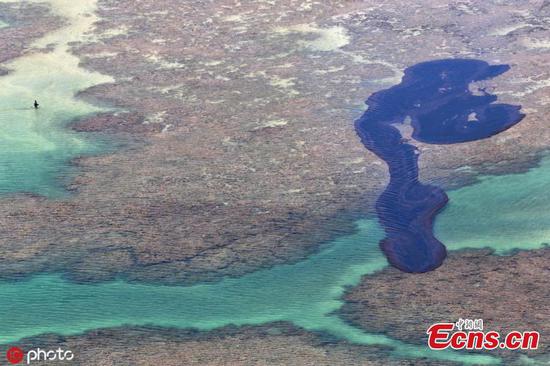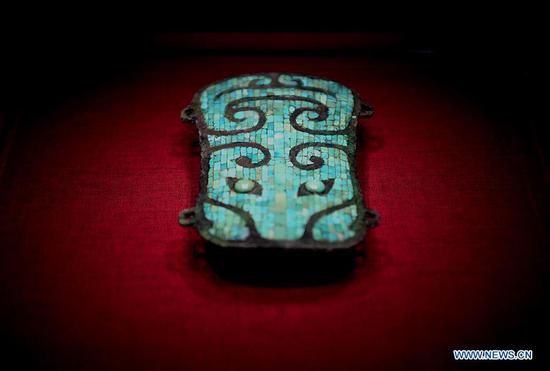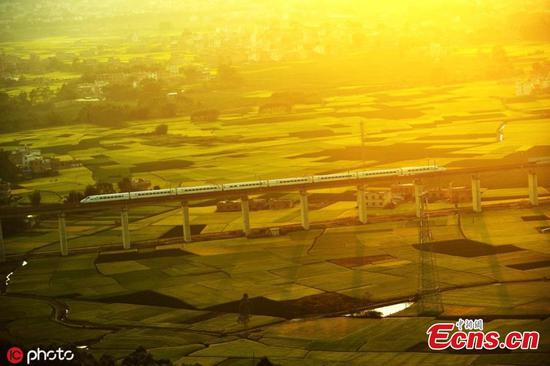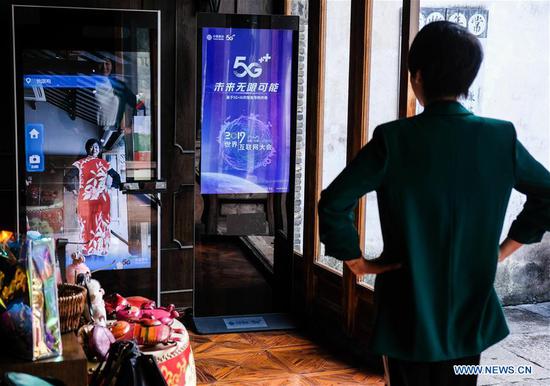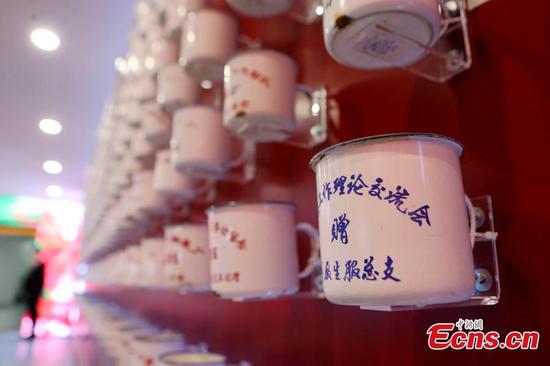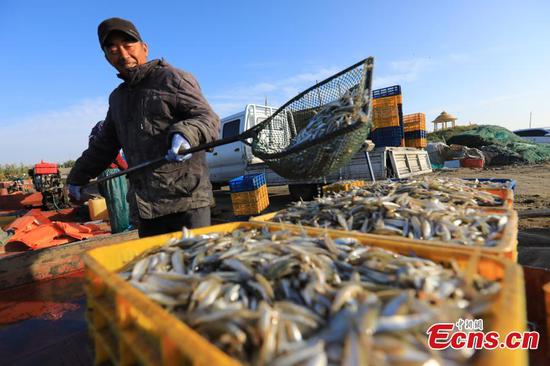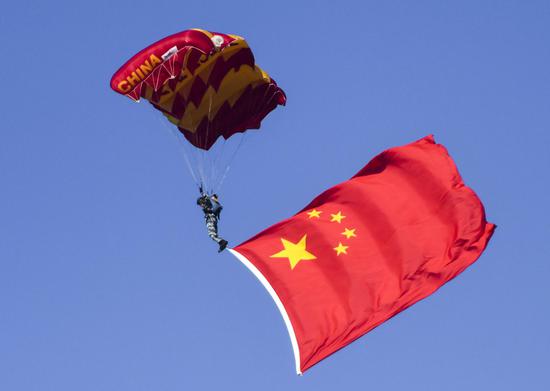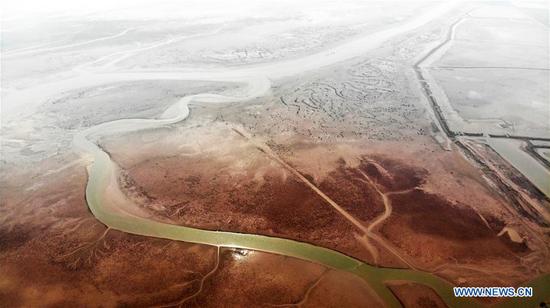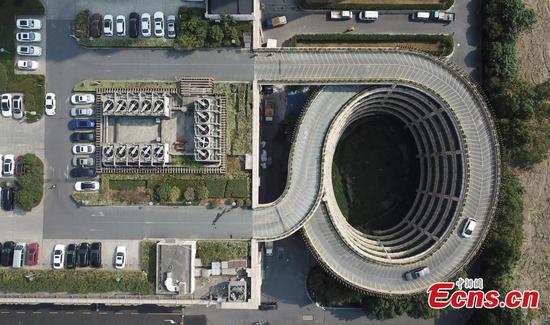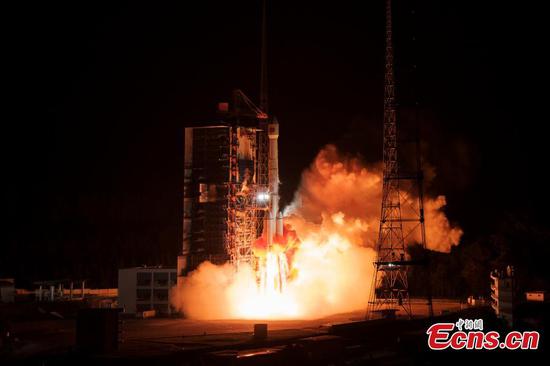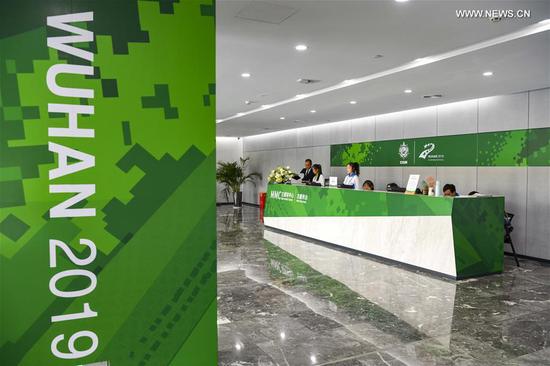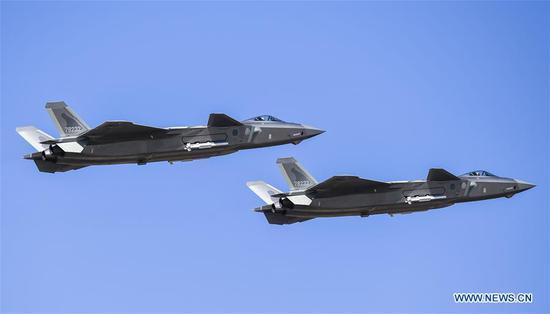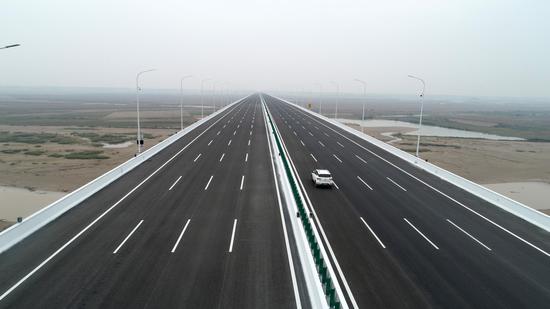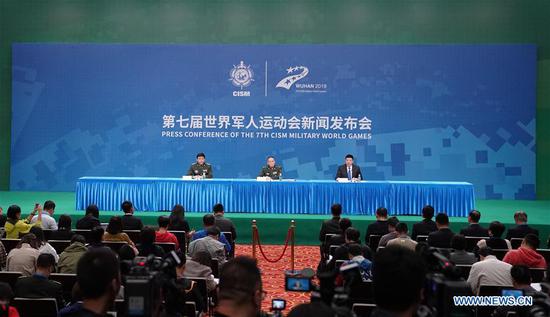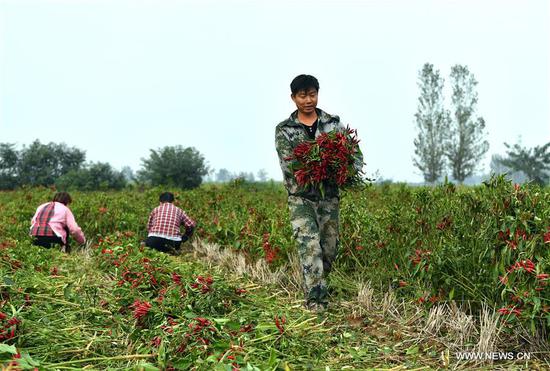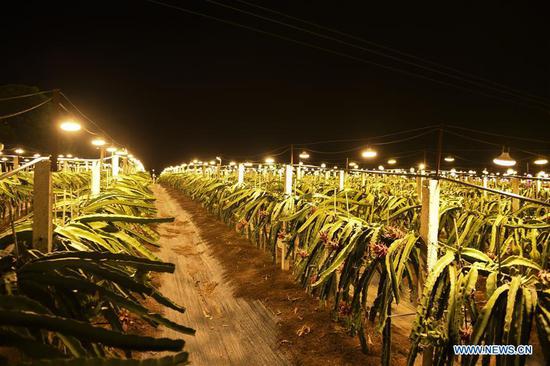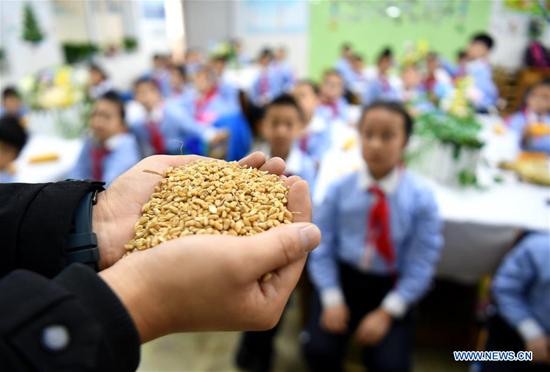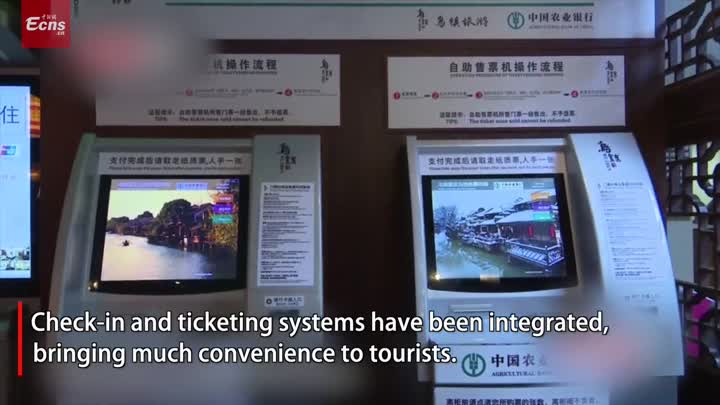Participants speak of how China can help enhance regional cooperation
The Belt and Road Initiative has proved conducive for strengthening regional cooperation and collaboration for common prosperity, ASEAN speakers told a recent forum in Macao.
As a maritime member state of the Association of Southeast Asian Nations, or ASEAN, the Philippines is keen to explore new opportunities as China works to revive the ancient maritime Silk Road that once passed through Southeast Asia, said Delia D Albert, former foreign secretary of the Philippines. The 21st Century Maritime Silk Road is a key component of the BRI which also includes the land route of the Silk Road Economic Belt.
Albert, who is also a senior adviser to leading Philippine professional services firm SGV &Co, was speaking at the 2019 World Chinese Business and Economic Summit, or WCBES, held in Macao from Oct 17 to 18.
China had been a great partner of Southeast Asian countries since ancient times, and this partnership had been successfully revived in recent years, he said. By the end of 2018, China had been ASEAN's largest trading partner for nine consecutive years. ASEAN became China's second-largest trading partner, after the European Union, in the first half of 2019.
Albert also said that the Philippines could benefit from the BRI to enhance the connectivity of the archipelago of the island nation. And the BRI could also help to achieve the Master Plan on ASEAN Connectivity 2025, a priority task for the regional bloc of 10 countries.
Ravindra Ngo, the president of the Cambodian Association of Hong Kong, said digital connectivity through smart cities and new technologies is also an essential element of the BRI.
Ngo also said that the Cambodian authorities support the digital transformation of the Fourth Industrial Revolution, but there are challenges including the lack of talent and infrastructure to build the ecosystem. He said joint cooperation among BRI countries will be conducive to tackle these challenges.
Trade potential
One of the panelists at the summit, Chin Yew Sin, an adviser for the Asia Pacific region at the Global One Belt One Road Association, said that sea port connectivity should be promoted under the 21st Century Maritime Silk Road as this is important for exporting goods and will help reduce transportation costs.
For example, goods can now be directly transported between Qinzhou, a coastal city in South China's Guangxi Zhuang autonomous region, and Kuantan on the east coast of Peninsular Malaysia, thanks to the establishment of sister industrial parks in the two cities under the framework of "two countries, twin parks", a pioneering model of international cooperation under the BRI.
Chin said the BRI also had the potential to create the largest free trade area in the world if all its participating countries and regions sign a free-trade agreement.
As of July, 136 countries and 30 international organizations have signed 194 Belt and Road cooperation documents with the Chinese side, according to the Belt and Road Portal, the initiative's official multilingual website.
"The economic opportunity (of the BRI) is the bond that brings us together," said Wang Huiyao, counselor of the Chinese State Council and president of the Beijing-based Center for China and Globalization, a co-organizer of the WCBES, adding that the BRI will provide a big boost for the future of Asia.
Under the theme "Enhancing Partnerships and Shared Prosperity through the BRI", the summit brought together government officials, industry leaders and experts to share their insights and perspectives on the BRI.
Malaysian Minister of Primary Industries Teresa Kok said in her opening remarks that the summit provided an "excellent platform" to connect the East and the West with the global Chinese diaspora like herself.
A special session on the Bay Area was held by China Daily Asia Leadership Roundtable during the WCBES on Thursday, with the theme "Greater Bay Area - Connecting Hong Kong, Macao and Southern China, Enhancing Collaboration and Partnership with Southeast Asia".
Speaking at the event, Zhou Li, publisher and editor-in-chief of China Daily Asia Pacific, said: "The development of the mega Guangdong-Hong Kong-Macao Greater Bay Area has taken off, and is pushing full steam ahead for the benefit of enterprises."
And he noted that Southeast Asian companies, in particular those with a vast pool of Chinese business links and information, would find the opportunities created by the Bay Area attractive and potentially rewarding.
In his welcome remarks at the roundtable, Michael Yeoh, the chairman of the WCBES organizing committee, said: "The Belt and Road Initiative will be a powerful force for regional connectivity to enhance prosperity".
Oh Ei Sun, a senior fellow of the Singapore Institute of International Affairs, said more collaboration should be encouraged between the Bay Area and other city clusters around the world.
Wilfred Wong Ying-wai, the president and chief operating officer of Sands China - a subsidiary of global resort developer Las Vegas Sands - said the Bay Area has unique advantages.
For example, Hong Kong is the world's biggest offshore renminbi business center, Macao is one of the region's biggest tourism destinations, and Shenzhen is recognized as a hub of high technology.










